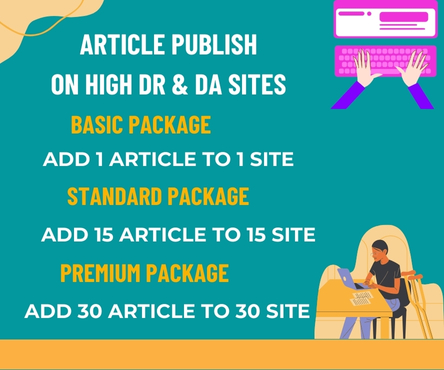In the realm of modern manufacturing, the quest for materials that can withstand the rigors of extreme environments has led to significant advancements in coating technologies. Among these, Physical Vapor Deposition (PVD) coating has emerged as a pivotal innovation, revolutionizing the way industries approach wear resistance and surface durability. Pvd coating technology has opened up new avenues for enhancing the performance and lifespan of tools and components across various sectors, from aerospace and automotive to medical devices and consumer goods.
Understanding PVD Coating
PVD coating is a process where a material is vaporized from a target and deposited onto a substrate as a thin film. This technique allows for the creation of coatings with unique properties, such as exceptional hardness, corrosion resistance, and wear resistance, without altering the chemical composition or dimensions of the base material. The PVD process can be tailored to deposit a wide range of materials, including metals, alloys, and ceramics, offering versatility in coating properties to suit specific application requirements.
The Importance of Wear Resistance
Wear and tear on surfaces is an inevitable consequence of mechanical interaction, environmental exposure, and operational stress. In industrial applications, wear can lead to decreased efficiency, increased maintenance costs, and premature failure of components. The economic impact of wear is substantial, with billions of dollars spent annually on repairs, replacements, and maintenance. Enhancing wear resistance through PVD coating technology can significantly mitigate these costs by extending the lifespan of components, reducing downtime, and improving overall system performance.
Advantages of PVD Coating Technology
PVD coatings offer several advantages that make them an attractive solution for wear resistance:
- Exceptional Hardness: PVD coatings can achieve hardness levels exceeding 3000 HV, significantly surpassing those of traditional coating methods. This hardness translates to improved wear resistance and extended component lifespan.
- High Adhesion: The PVD process ensures strong adhesion between the coating and substrate, minimizing the risk of delamination or flaking under stress.
- Corrosion Resistance: Many PVD coatings exhibit excellent corrosion resistance, protecting substrates from environmental degradation and chemical attack.
- Low Friction: Certain PVD coatings can reduce friction coefficients, leading to decreased wear rates and improved performance in tribological applications.
- Customizability: The PVD process allows for precise control over coating composition, thickness, and structure, enabling tailored solutions for specific industrial applications.
Applications of PVD Coating Technology
The versatility of PVD coating technology has led to its adoption in a wide range of industries:
- Aerospace: PVD coatings are used to enhance the wear resistance and corrosion protection of aircraft components, such as engine parts and landing gear.
- Automotive: PVD coatings are applied to engine components, gearsets, and other high-wear parts to improve performance, efficiency, and durability.
- Medical Devices: PVD coatings are used to enhance the biocompatibility, corrosion resistance, and wear resistance of medical implants and surgical instruments.
- Consumer Goods: PVD coatings are applied to consumer products, such as watches, eyewear, and kitchen utensils, to provide scratch resistance, decorative finishes, and easy-to-clean surfaces.
Future Perspectives
As PVD coating technology continues to evolve, we can expect to see further innovations in coating materials, deposition techniques, and application-specific solutions. The integration of PVD coatings with other surface engineering techniques, such as plasma treatment and ion implantation, may also lead to the development of hybrid coatings with enhanced properties. Moreover, the increasing demand for sustainable and environmentally friendly technologies may drive the development of more eco-friendly PVD coating processes and materials.
In conclusion, PVD coating technology has ushered in a new era of wear resistance, offering unparalleled benefits in terms of surface durability, performance, and lifespan extension. As industries continue to push the boundaries of material performance and component reliability, the importance of PVD coating technology will only continue to grow, driving innovation and progress in the years to come.

